How do you choose ten cookbooks out of more than a hundred collected over sixty years?
With difficulty.
After my beloved husband Richard died, I decided that the only place I would want to live without him was in Meursault, France.
The most difficult part was having to leave behind my cookbook collection. For a food writer, it was a daunting challenge. Here is what made the cut.
I obviously couldn’t get rid of my father Bob Jones’s The Outdoor Picture Cookbook, published in 1954 and launched to Americans over their morning coffee on NBC’s Today show. He demonstrated how to cook his famous grilled chuck steak as Arlene Francis and Dave Garroway looked on with a bevy of buckets at the ready in case of fire. Following the show, there was a run on chuck steaks at our local butcher, and on my father’s book at his local bookstore in Westport, Connecticut.
Gourmet’s Basic French Cookbook, a gift from my mother as a wedding present in 1961 was a no-brainer. I barely knew how to cook then. Probably because my Swedish grandmother lived with us and cooked without a cookbook. She just knew how to feed a family. Somehow my mother also didn’t know how to cook when she married, either because she’d never asked her mother for her recipes or she hadn’t yet concluded that “if you can read, you can cook.”
She’d long since figured that out by the time she introduced me to M.F.K. Fisher, whose gustatory prose had long been hailed as elegant and educated by those that knew a thing or two about food. In 1967, my mother gave me How to Cook a Wolf, the third of Fisher’s six books. (Her writing was so different from usual American cookbook style that critics assumed M.F.K. were a man’s initials when her first book was published in 1937.) My mother’s gift came when I moved to Lausanne, with my little boy of six, hoping to start a new life. We had to live on a limited budget, and Fisher knew all too well the problems of the wolf at the door, even giving a recipe for a cheap soup that starts with boiling water. I recently reread How to Cook a Wolf, laughing as I realized that M.F.K. is still an important idol to me (she also lived in Burgundy and Lausanne). Her book is in my new kitchen.
I have never been able to give away any cookbook that either family or friends have presented to me with love. My daughter Lucy gave me Jessica Seinfeld’s FoodSwings, as she knew how much I enjoyed her husband Jerry’s silliness. Mme. Seinfeld’s recipe for berry clafouti is one I use regularly here in France.
Annabelle, my other daughter, who lives just minutes away, gave me French Country Cooking, by Mimi Thorisson, before she even knew I’d end up living in France. Mimi is French and married to Oddur Thorisson, an Icelandic photographer, who brings to life the pages of his wife’s enchanting cookbook with his luscious photos. I shall consult it more and more as I become familiar with my French life.
The Cook’s Atelier is also on my shelf, not least for its photography. I interviewed the mother/ daughter authors, Marjorie Taylor and Kendall Smith Franchini, in their now-famous cooking school and food emporium in Beaune, just fifteen minutes from Meursault, as the cookbook went to press in 2018. The cookbook comes out of their charming, gutsy journey from Arizona to France, where Marjorie opened a restaurant with recipes gleaned from Julia Child, Alice Waters, Madeleine Kamman and Elizabeth David. Now that I live in Burgundy, I often go into their stylish emporium for the best coffee in Beaune. Someday soon, I hope to attend one of their cooking classes.
Memories with Food at Gipsy House was given to me by my friend Roald Dahl. He wrote it with his second wife, Felicity. I had spent a delightful afternoon in 1979 with Dahl at his Gipsy House in Surrey, interviewing him for a story for the International Herald Tribune. At the time, I didn’t know that Dahl and his first wife, actress Patricia Neal, had separated and that Felicity was soon to become his wife. I discovered from that afternoon that not only was Dahl a very keen art collector (he had many Impressionists hung on his walls and an elegant, large sculpture from Henry Moore, his neighbor and friend, in his garden), but that he was a keen cook and serious oenophile. He made us peanut butter and jelly sandwiches. I carried on an exchange of letters with him for some years and when the cookbook came out, he sent me a copy, signing it, “To Calla, With Love, Roald Dahl.” This Easter I made the paskha recipe from the book; my vegetarian grandchildren love Theo’s Peanut Roast, named for his son.
The Woman’s Home Companion Cook Book, with recipes from the magazine of that name, was given to my mother in 1955 by my father’s beloved cousin, Julia Ransom Doty. Julia was a food and fashion editor for Condé Nast publications and the cookbook, with its useful how-to illustrations, was a design precursor to Julia Child’s approach.
I left behind my signed first edition of Julia Child’s Mastering the Art of French Cooking. Not because I have mastered French cuisine, but because I sold it for $2,500 to someone in Santa Barbara, where Child lived and died. I bought the book from the pile Child signed when she demonstrated how to cook boeuf bourguignon at the Rhode Island School of Design. Her nephew John was a fellow student of mine and arranged the demonstration in 1962, just after the book’s publication in 1961.
The Virginia House-wife or Methodical Cook by Mary Randolph slipped nicely into my container. Originally published in 1824, what the New York Times, in 1995, called the “first truly American cookbook” was written by my very distant cousin. How could I not include it?
Last and by no means least, Bernard Clayton’s New Complete Book of Breads. Richard’s daughters complained so much about American bread when we moved from Brussels to the US in 1989 that they gave him the book for Christmas. He tried to make baguettes and soon learned that it was well-nigh impossible with our oven. At the suggestion of my mother, Richard learned how to make my Swedish grandmother’s fläta and limpa. Richard is still with me in so many ways, including his floured thumbprints on those recipes and the photos I have of him in a chef’s hat holding his loaves.
RECIPE
My father’s recipe for Charcoal-Broiled Steak
Spread a mix of cooking oil and soy sauce into both sides of a 3″ thick chuck steak a few hours before cooking.
For the fire, a supply of well-seasoned wood such as hickory, oak or maple is ideal for putting the right flavor into the meat.
The secret is to have a six-inch deep bed of coals. When the flame has gone, leaving coals a glowing red, lay the steak directly on top of the coals. This will smother any fire that will flame up from melting fat.
In about two minutes, turn the steak over so both sides are quickly sealed, holding in the juices. The usual time for medium-rare is about ten minutes on each side.
Squeeze the juice of two lemons on one surface of meat before carving.
This article was originally published in The Spectator’s October 2024 World edition.



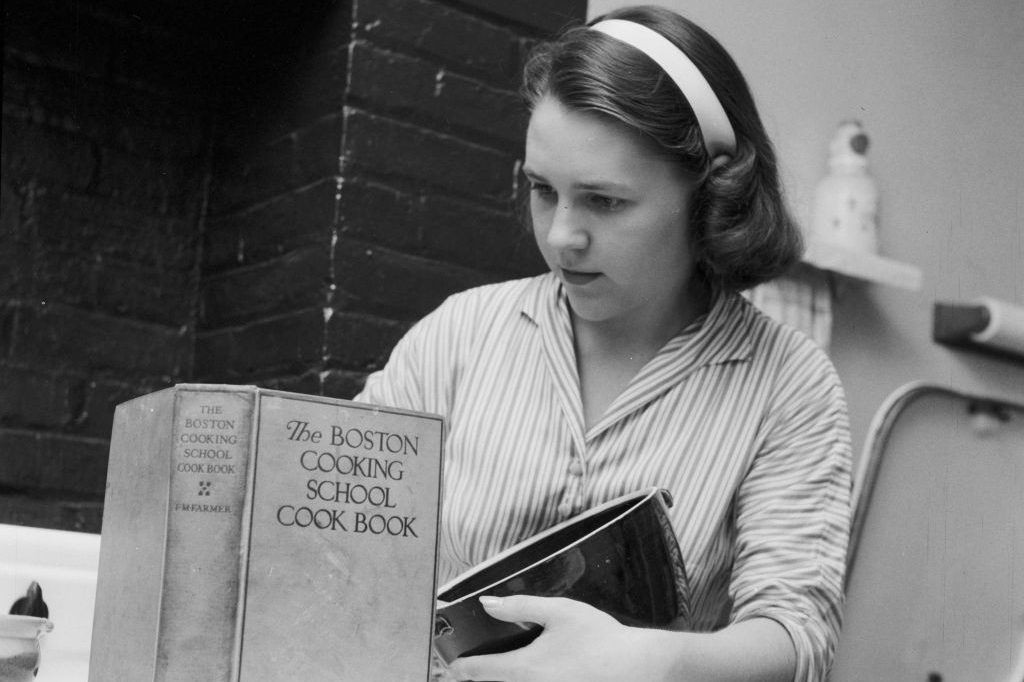







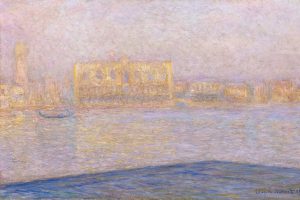



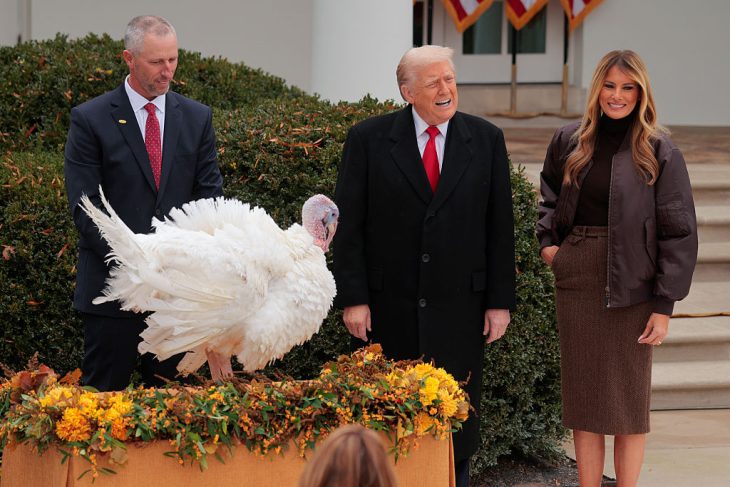
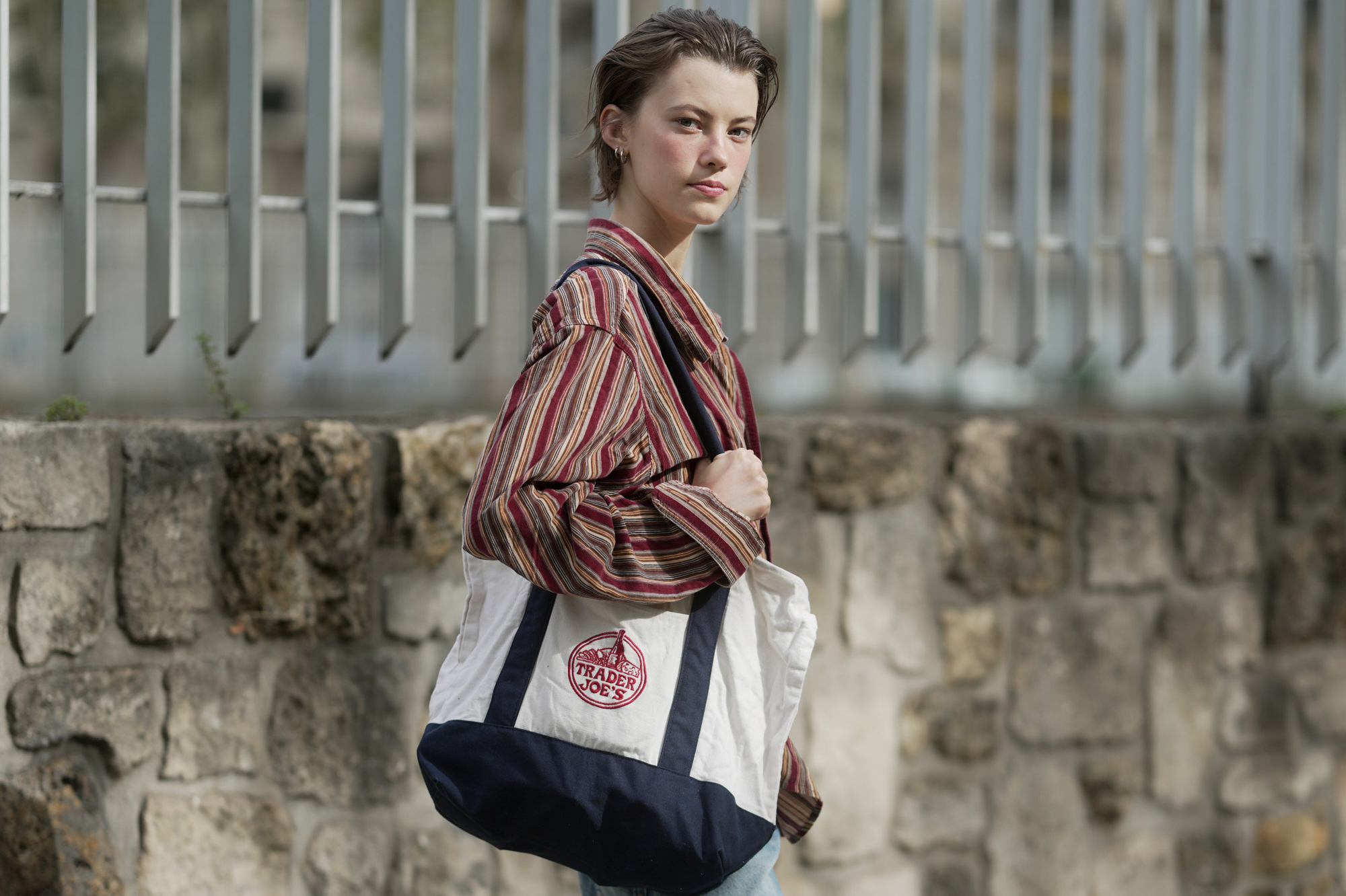
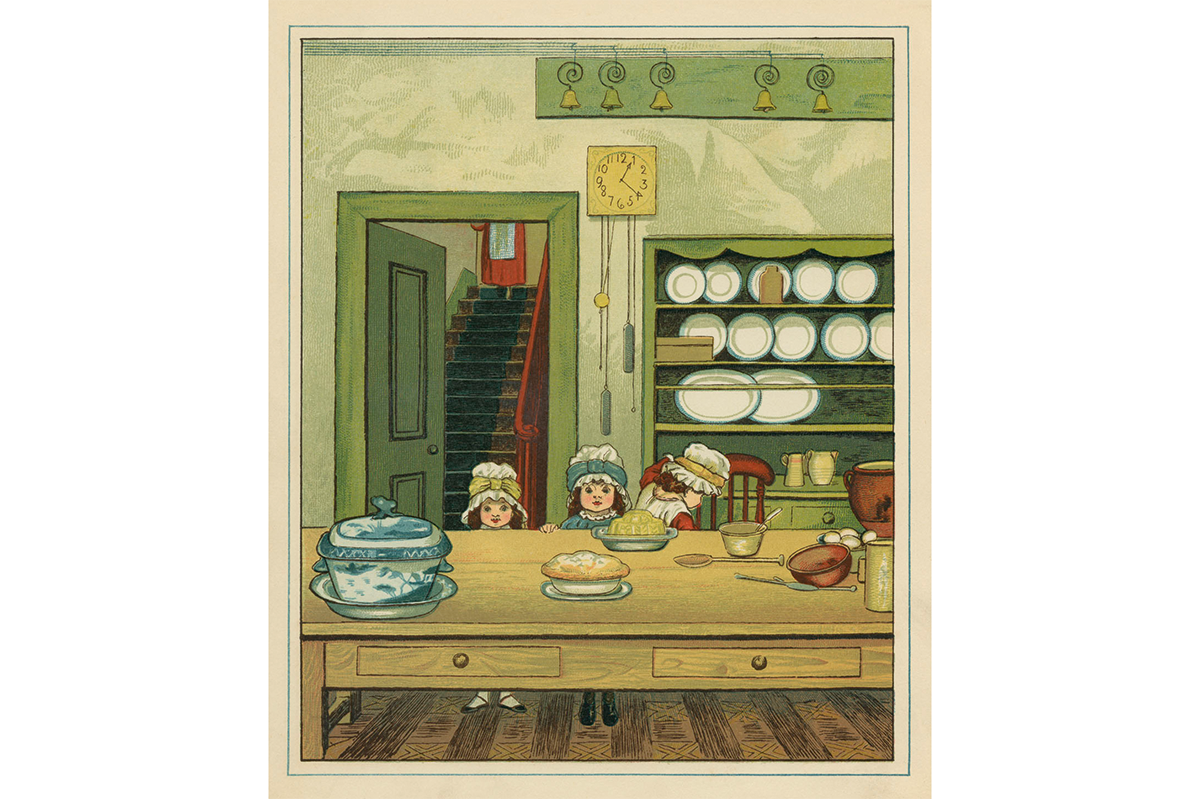
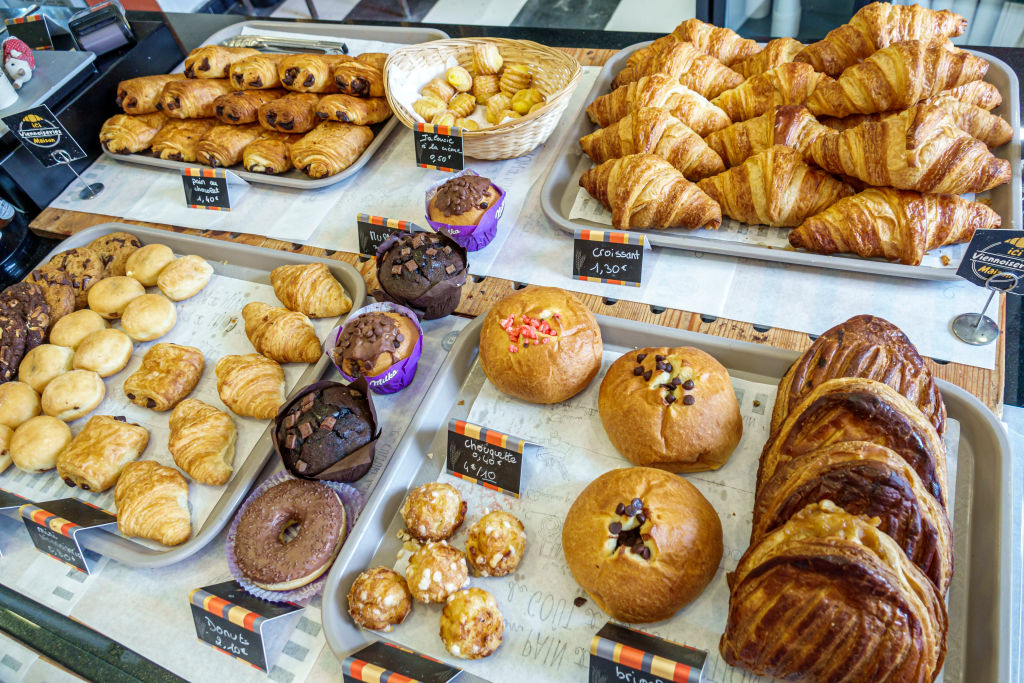







Leave a Reply